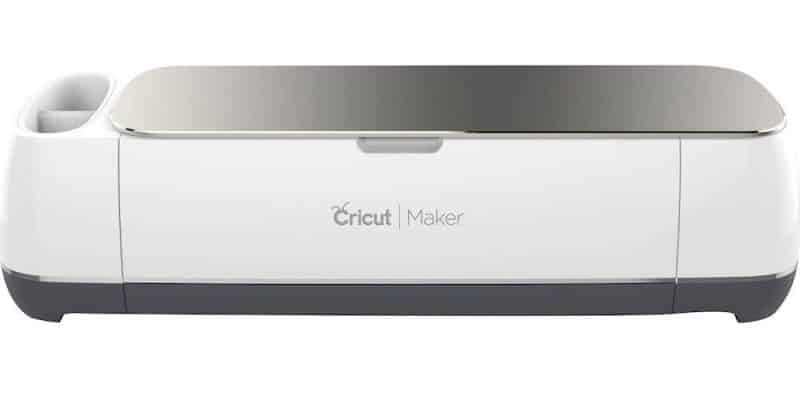Crafting Blade Mac OS
(Cross-posted to peerlyst.com)
- The curved MAC blade is designed to match the curve of the tongue and to put point pressure on the hyoepiglottic ligament. With pressure in the vallecula on this ligament, the epiglottis is pulled upward. The curved blade can then pull the tongue and soft tissue under the tongue forward, bringing the glottis into view.
- Craft is launching today across iPhone, iPad, and Mac as a new note-taker that blends the block-based approach of Notion with a thoroughly native experience, taking advantage of all the OS technologies you would hope for and throwing in valuable features like real-time collaboration. It’s the most exciting note-taking debut I’ve seen in years.
In order for this to work, you will need to have Minecraft Pocket Edition from the Google Play Store. That means buying it.Link; https://mcpelauncher.readthe.
This is a quick guide to getting the Nuand BladeRF software defined radio (SDR) up and running on Mac OS X. The end goal is to have an environment that can be used to perform basic Bluetooth Low Energy (BLE) hacking. The initial focus will be getting it set up to perform BLE scanning and advertising.
A note on formatting: I’ve bolded commands that should be entered in at the command prompt. Any other code formatted content is output from running the commands, shown for reference.
Here’s the steps needed:
1. Install the dependencies, clone the repo, compile the software:
2. Make sure the device is recognized by the system:

3. Download the most recent FPGA image
- Make sure you get the correct version for your FPGA size.
- You can get the size by running: `bladeRF-cli -e info`
- Look for a line similar to: `FPGA size: 40 KLE`
Crafting Blade Mac Os 11
4. Setup the FPGA auto-load up so you don’t have to do this manually every time you reconnect the SDR:
- Create the Nuand directory: `mkdir -p $HOME/.Nuand/bladeRF/`
- Move the FPGA image to the Nuand directory: `mv $HOME/Downloads/hostedx40-latest.rbf $HOME/.Nuand/bladeRF/hostedx40.rbf`
5. Run the CLI, and you will likely see a warning message, followed by the bladeRF command prompt:
6. Setup the AGC. This can be done either manually each time, or a table can be created:
1. To set the AGC Manually:
1. Set the frequency you wish to use. Since BLE uses 2.4 GHz, we’ll want to use that. In the example below, we set the frequencies to BLE Frequency Channel 37, which is used for BLE advertising. Channel 37 is centered at 2402 MHz, so we can set transmit to 2401 MHz, and receive to 2402 MHz:
2. Set the gain (we set it to 8 dB here. There’s nothing magic about that, I picked it on a whim):
3. Calibrate the LMS module:
4. Run the DC offset calibration routines (look for `Error` values to be near 0:
2. To generate a table:
1. Run the cal command. This will take some time, and should be done after the bladeRF has been running a bit so it is properly warmed up:
Crafting Blade Mac Os Catalina
2. Once complete, check the current directory on the file system. There should be a file named `<serial #>_dc_rx.tbl`.
- For example: Using the device shown in the info command above, the file name would be `7ddf0461b8c6cb36ffe8358189bc5d1d_dc_rx.tbl`
Crafting Blade Mac Os X
3. Move the file to the Nuand directory: mv 7ddf0461b8c6cb36ffe8358189bc5d1d_dc_rx.tbl $HOME/.Nuand/bladeRF
That’s all there is to it. Now when you run `bladeRF-cli`, the FPGA will be auto-loaded, and the AGC table will be loaded as well, leaving you ready to rock. In a future post, I’ll talk about where to go next to start listening to beaconing BLE devices near you.